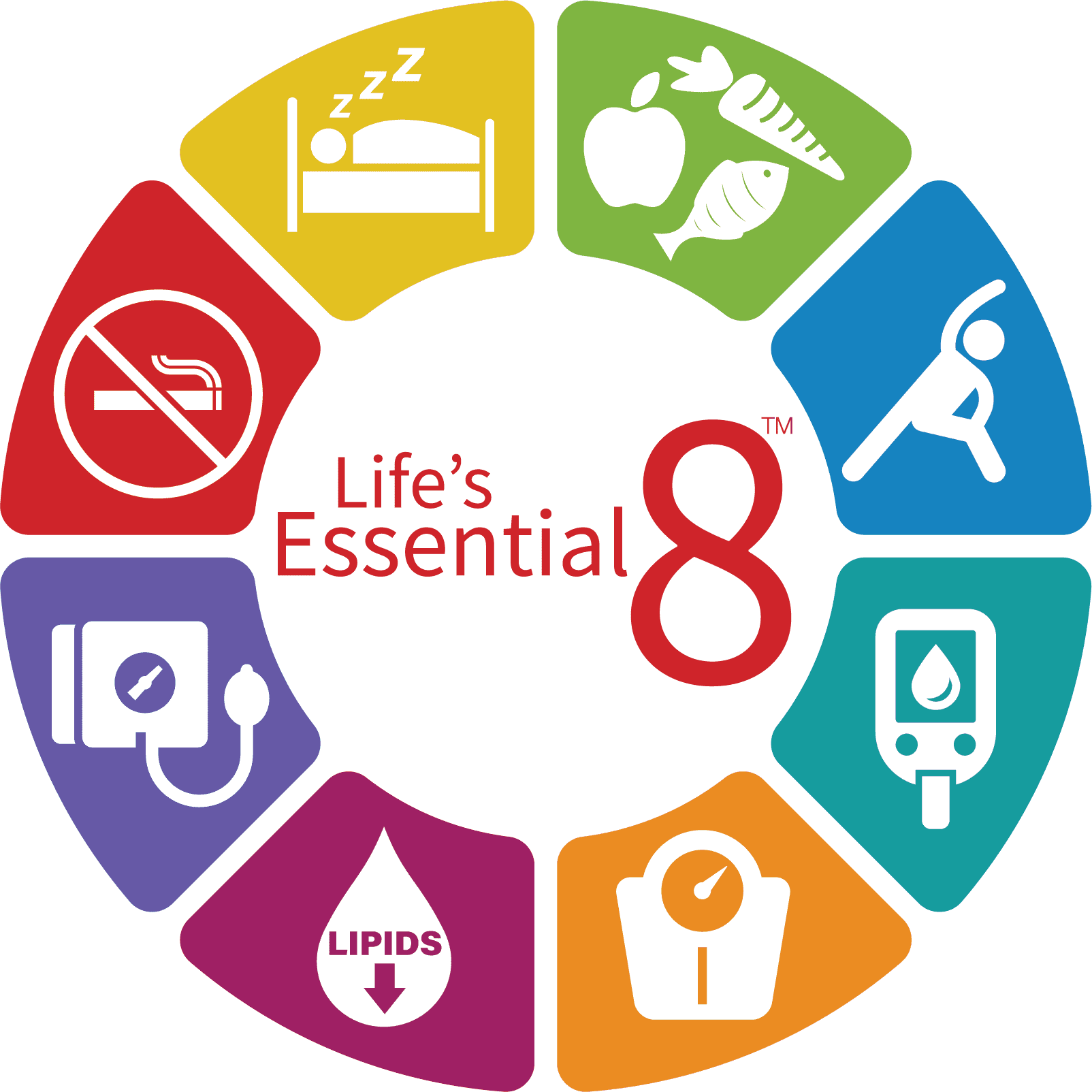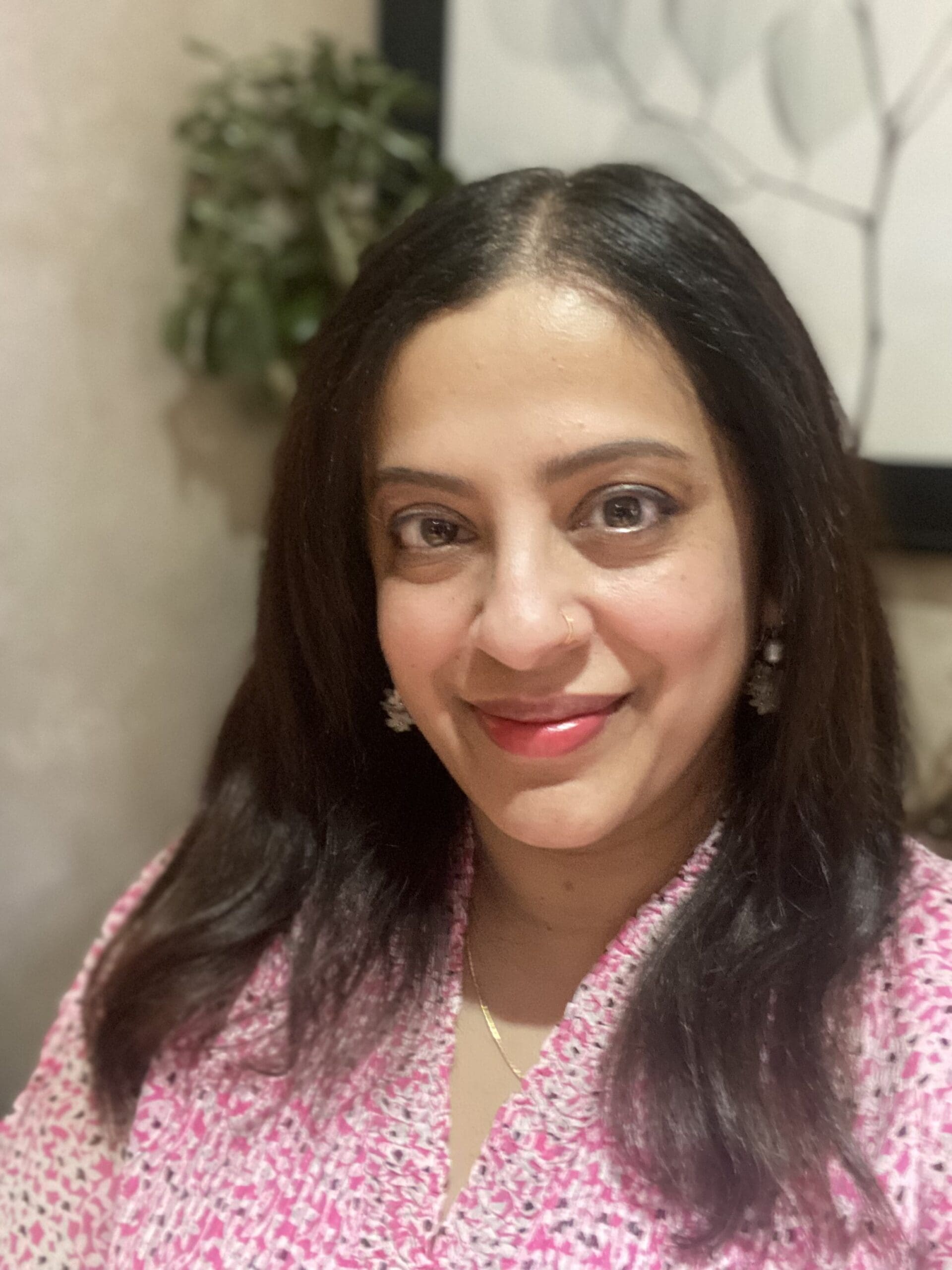The Slow Rise of Female Cardiologists
By Lorna Oppedisano
When Dr. Uzma Iqbal, a cardiologist associated with St. Joseph’s Hospital Health Center, interviewed for her cardiology fellowship, she was met with unsettling warnings from two women already established in the field. Uzma had been married for seven years. She and her husband had postponed starting a family.
The first woman, who hadn’t had children, asked Uzma, “What are you trying to do? Don’t do this to yourself.” The second woman had adopted children.
“You know, this is a white boys’ field. What are you trying to do?” she asked Uzma.
When Uzma left the interviews, she marched straight to the chairman’s office and pulled her application.
Uzma is one of a little more than a handful of women working in a male-dominated field. The story is a common one: in this field, women are outnumbered by men, and tend to make less money for the same amount of work.
A few months before Uzma’s medicine residency finished, she received a call from the cardiology chairman. Her interviews had gone well, and although she’d pulled her application, there was a spot for her if she wanted it. She loved the field. Her husband agreed she should follow her passion, and in 2001, Uzma started the three-year program. She’s still in the field today.
“I think [the field of cardiology has] changed quite a bit,” Uzma said. “It’s still got a long way to go. It’s like any field where there are more men than women, and most of the fields are like that.”
According to a recent study, more than half of students in medical schools are women, she said. However, only about 13 percent of all cardiologists are women. When Uzma started her career in Syracuse, she was one of only two female cardiologists in the area. Now, there are eight.
Dr. Anshu Shridhar, a cardiologist at Syracuse VA Medical Center since 2011, is one of them. She completed her residency and fellowship at SUNY Upstate Medical University.
“I’m fortunate that I trained through Upstate,” Anshu said, “because I think they do focus on female cardiologists. Every year, we do try to get one or two female fellows.”
She sees increasingly more women joining the profession, Anshu said. They usually lean toward the niche of noninvasive cardiology, which helps to strike a balance between work and family, she added.
The women agree this balance between professional and home life is among the most challenging aspects of being a woman in the field.
According to a study released by the American College of Cardiology early last year, “female cardiologists are less likely than their male counterparts to get married and have children and more likely to face challenges related to child care, family leave policies and professional discrimination.”
The study found that 15 percent of female cardiologists are single, as compared to only five percent of male cardiologists. Similar surveys conducted in 1996 and 2006 concluded that those numbers have not changed significantly in the last two decades.
Another major challenge female cardiologists face is lack of equal pay. The same study by the American College of Cardiology reported that 63 percent of women have experienced past discrimination, “such as receiving a lower salary than others in their cohort or being passed up for promotion.” While that proportion dropped from 71 percent in 1996 and 69 percent in 2006, it’s still much higher than the male discrimination rate, which remained at a steady 22 percent throughout the decades.
Anshu put it simply. “When you’re putting in as many work hours as your male counterpart, why aren’t you paid the same amount?” she asked.
Along with working toward fairer earnings, Uzma pointed out that mentorship is useful in welcoming more women into the field.
Thinking back her start in cardiology and those two interviews, Uzma realizes the women were trying to help her. That being said, she wishes she’d had more female mentorship. She would have appreciated advice on “just little things,” she said.
“Breast feeding was a big thing,” she explained. “I didn’t know where to pump.”
The American College of Cardiology now has a Women in Cardiology Member Section and Leadership Council that aims to provide more mentorship and leadership coaching to women in the field. Until Uzma heard a woman suggest some sort of assistance at home was crucial, she’d felt guilty about needing help.
Now Uzma strives to help younger women entering cardiology, giving them advice on the seemingly small details she’d struggled with.
“Women have to empower women,” Uzma said. “I think that’s the way the field’s going to grow.” SWM
For more information on the American College of Cardiology’s Women in Cardiology Member Section and Leadership Council, visit acc.org/membership/sections-and-councils/women-in-cardiology-section.





